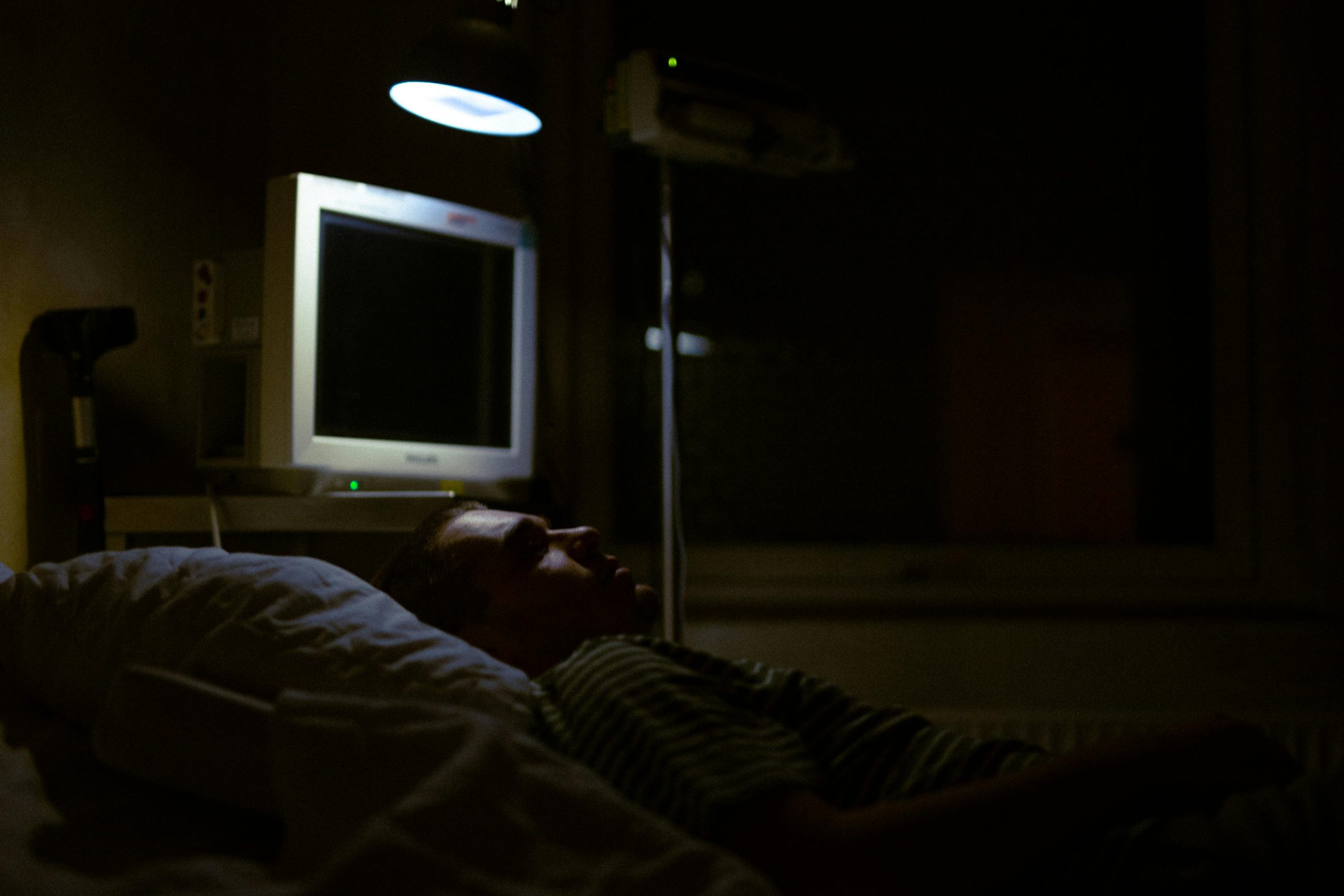Troubleshooting No Signal to Monitor Following BIOS Issues: A Step-by-Step Guide
Experiencing technical difficulties with your PC can be frustrating, especially when it results in your monitor displaying no signal. Recently, I encountered such an issue after a series of BIOS-related problems, and I want to share my experience along with practical troubleshooting steps to help others facing similar challenges.
The Situation
The problem began unexpectedly while gaming; my system froze during a Battlefield V session. Upon attempt to restart, the computer automatically rebooted and displayed the BIOS menu. However, no bootable devices appeared, prompting me to leave it overnight to consider possible solutions.
The following morning, upon powering up the PC, I was faced with a persistent “no signal” message on my monitor. I attempted various basic fixes, including reseating hardware components and replacing the CMOS battery, but the issue remained unresolved.
Common Causes and Initial Troubleshooting
When your monitor shows no signal after a BIOS incident, several underlying causes could be at play:
- BIOS corruption or misconfiguration
- Faulty or loose video connection
- Graphics card issues
- Memory problems
- Power supply malfunctions
Here’s a structured approach you can follow to diagnose and resolve the issue:
Step 1: Verify Hardware Connections
- Check Video Cables and Ports: Ensure that your HDMI, DisplayPort, or VGA cables are securely connected to both your monitor and graphics card or motherboard. Try using different cables or ports if available.
- Test with Alternate Monitors: If possible, connect a different monitor to rule out a faulty display.
Step 2: Reset BIOS Settings
Since the problem began after BIOS access issues:
- Clear CMOS: Turn off the power, unplug the system, and locate the CMOS battery on your motherboard. Remove it carefully for about 5-10 minutes, then reinsert it.
- Use the CMOS Reset Jumper: Some motherboards have a dedicated jumper for resetting BIOS settings. Consult your motherboard manual for instructions.
Step 3: Check Hardware Seating
- Reseat RAM Modules: Remove and reinsert RAM sticks to ensure proper contact.
- Reseat Graphics Card: Remove and reseat your GPU to ensure it’s firmly connected.
- Inspect for Damage: Look for any visible signs of damage or loose components.
Step 4: Power Cycle and Minimal Boot
- Disconnect all peripherals except the monitor, keyboard, and mouse.
- Power down
Share this content:



